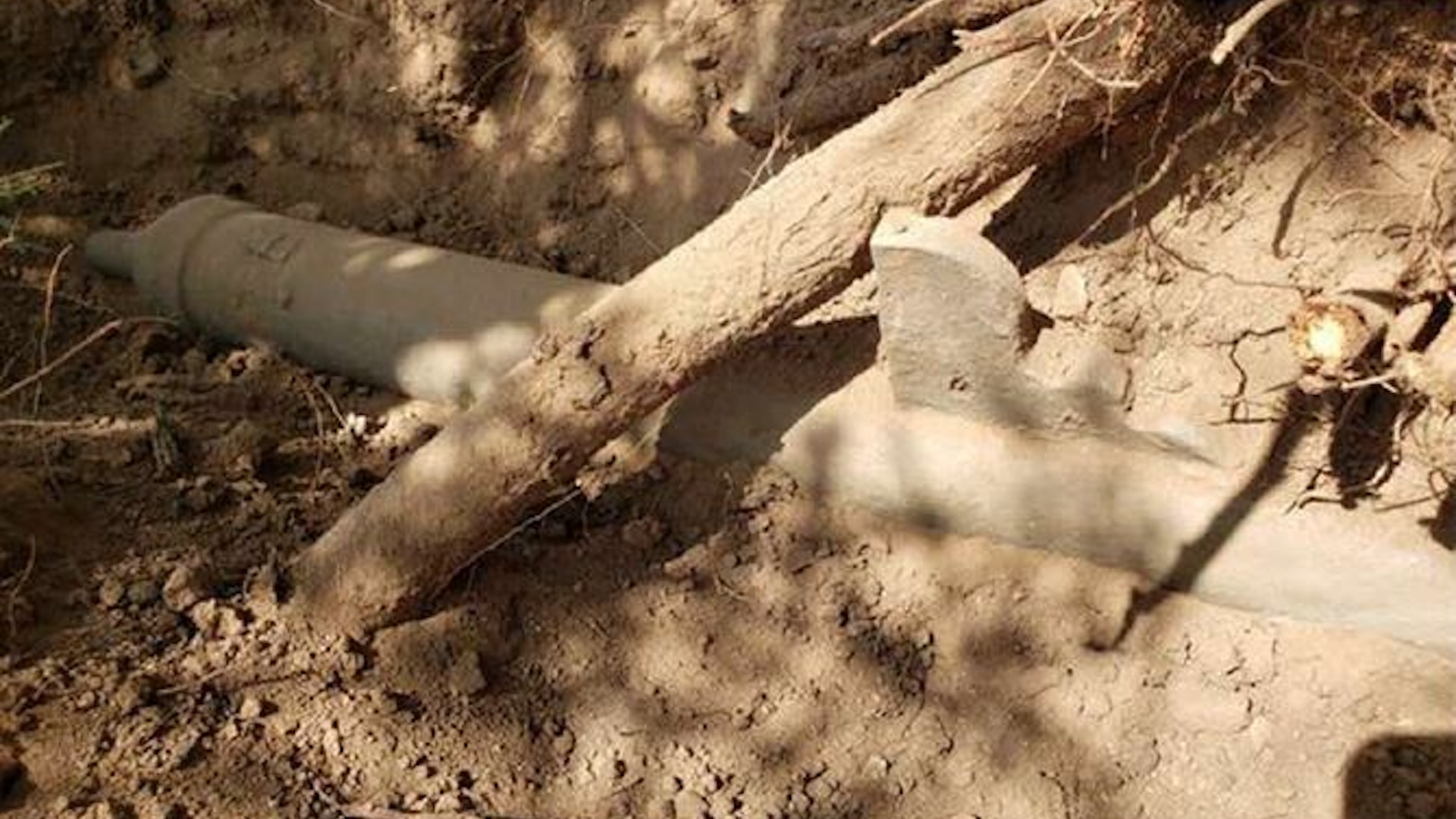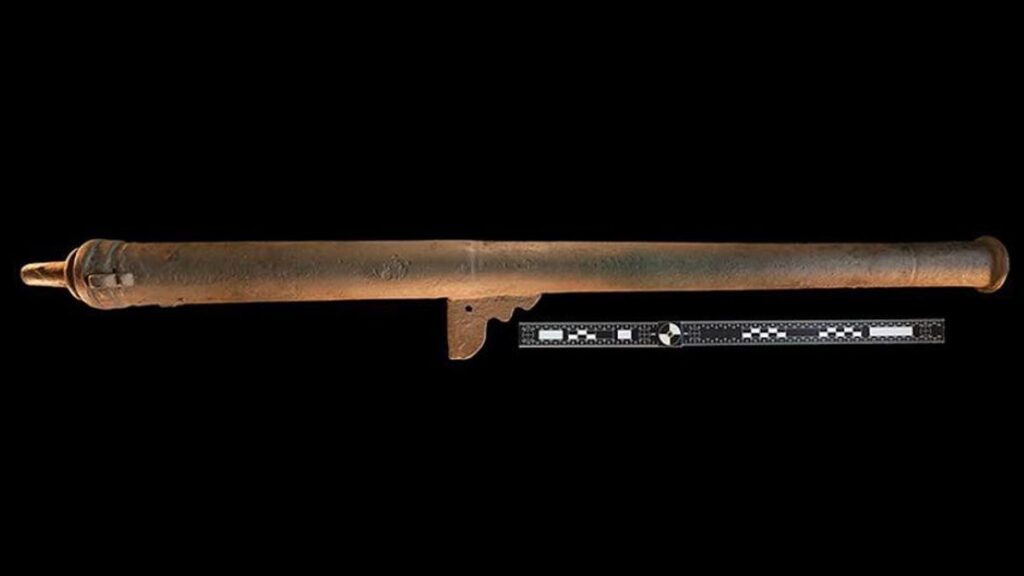Two 16th-century cannons unearthed in Arizona may be the oldest firearms ever found in the United States, new research finds.
Archaeologists found the cannons while excavating a site called San Geronimo III (also known as Suya), a small town established by the Spanish more than 480 years ago. Both firearms, or weapons that use gunpowder to discharge a shot, arrived at the site during a Spanish expedition led by Francisco Vázquez de Coronado.
During the expedition, Coronado and his party traveled up from what is now Mexico into the modern-day U.S. states of Arizona, New Mexico, Texas and Kansas from 1539 to 1542. By this time, Spanish conquistadors had conquered much of Mesoamerica and Peru, destroying the Aztec and Inca civilizations.
The expedition hoped to find riches, a faster route to East Asia and, eventually, planned to enslave the local population, the researchers wrote in a study published Nov. 21 in the International Journal of Historical Archaeology. The expedition set up San Geronimo III in 1541, but the group encountered Native American resistance, which led to a battle at the town that resulted in the Spanish fleeing, abandoning both of the cannons at the site.
One of the cannons, discovered by archaeologists in 2020 and described in the journal article, was in excellent shape and does not appear to have been fired during the battle. There was no gunpowder residue that indicates that it was fired, said study co-author Deni Seymour, an independent scholar who leads research at the site. “It looks like the battle in that area unfolded so quickly that [the cannon operators] could not access, load, and fire the cannon,” Seymour told Live Science in an email.
Related: Obsidian blade could be from Coronado expedition fabled to be looking for ‘Cities of Gold’
The second cannon was found in March 2024 and will be analyzed in a future study. Unlike the other cannon, its barrel was blown off.
“It was fired in the battle, which is when and why the barrel blew out,” Seymour said. “They probably put too much powder in trying to repel an onslaught of attackers who were overrunning them.”

Both cannons were known as hackbut or hook guns — lightweight bronze cannons that were relatively easy to transport overland. They likely would have fired buckshot, which consisted of up to 86 pellets per round. This “would have made a devastating load against a formation of lightly clad Natives, with just small shields,” Seymour and co-author William Mapoles wrote in the journal article.
Even “a single pellet, depending on where it hits, can put an aggressor out of action,” the researchers wrote. “That many pellets would have come at the attackers like a swarm of hornets.”
The Spanish did not rely on cannons alone to defend the site. Archaeologists found the remains of crossbow bolts made of copper and iron. They also found the remains of the expedition’s swords, daggers and armor.
Despite these weapons, the Spanish were still defeated, and the expedition ultimately ended in failure. The Spanish in Mexico didn’t try to establish a permanent presence in the region until the 1690s, the researchers wrote.
Sharonah Fredrick, an instructor of Spanish at the College of Charleston who has written and published extensively on Native American resistance to European conquests, said the discovery “is of extreme importance particularly regarding the history of the Native American peoples in Arizona.” The cannons show “that the Spanish Conquest, like the English and Dutch ones that came later, were precisely that: conquest and violence first; discovery second,”Fredrick told Live Science in an email.
Matthew Schmader, a researcher at the University of New Mexico who has done extensive archaeological work in the region, said the discovery shows “that Indigenous peoples put up organized resistance to the arrival of outsiders from the very beginning.”
William Doolittle, professor emeritus of geography at the University of Texas, noted that the United States did not exist as a country at the time and the land belonged to a people whom historical texts called the “Sobaipuri O’odham.”
